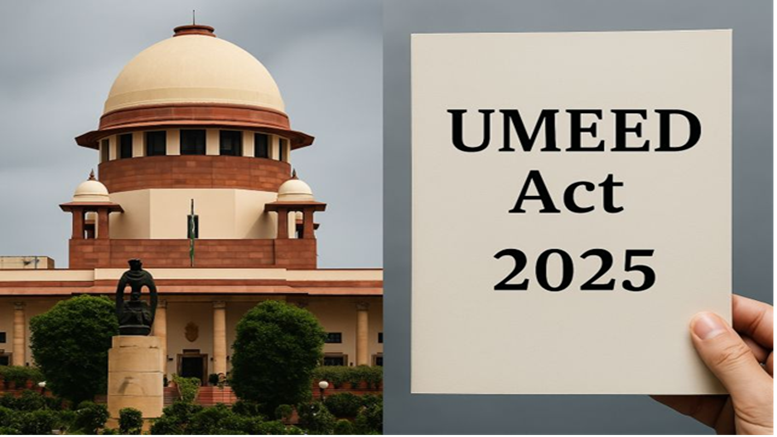- Courses
- GS Full Course 1 Year
- GS Full Course 2 Year
- GS Full Course 3 Year
- GS Full Course Till Selection
- Online Program
- GS Recorded Course
- NCERT (Recorded 500+ Hours)
- Polity Recorded Course
- Geography Recorded Course
- Economy Recorded Course
- AMAC Recorded Course
- Modern India, Post Independence & World History
- Environment Recoded Course
- Governance Recoded Course
- Science & Tech. Recoded Course
- International Relations and Internal Security Recorded Course
- Disaster Management Module Course
- Ethics Recoded Course
- Essay Recoded Course
- Current Affairs Recoded Course
- CSAT
- 5 LAYERED ARJUNA Mentorship
- Public Administration Optional
- ABOUT US
- OUR TOPPERS
- TEST SERIES
- FREE STUDY MATERIAL
- VIDEOS
- CONTACT US
Cyber fraud losses could amount to 0.7% of GDP, projects Ministry’s study
Cyber fraud losses could amount to 0.7% of GDP, projects Ministry’s study
25-10-2024
- In October 2024, A study by the Indian Cyber Crime Coordination Centre (I4C), under the Union Ministry of Home Affairs (MHA) projected significant economic losses from cyber frauds in the coming year.
- It estimates that India could lose over ₹1.2 lakh crore due to cyber frauds in the coming year.
- This amount is about 0.7% of the country’s GDP, highlighting the growing threat of cybercrime, especially in financial scams.
Key Findings of the I4C Study:
Nature of Cyber Fraud
- These mule account accounts facilitate illegal transactions and money laundering.
- A mule account is a bank account used to move money around for criminals, often as part of money laundering:
- How it works: Criminals deposit funds into a mule account, and then instruct the mule to move or withdraw the money.
- The mule might move the money to another account or withdraw it as cash to deposit elsewhere
- They play a major role in online financial scams.
- Around 50% of cybercrime complaints in India link back to entities in China.
- Other significant sources include Cambodia and Myanmar.
Economic Impact
- Cyber scams represent a serious risk to the economy.
- They can lead to significant capital outflows and contribute to threats like terrorism financing and money laundering.
- A notable case involved ₹5.5 crore in cryptocurrency being laundered through an international crypto exchange via over 350 transactions.
Financial Fraud Statistics
- From January to June 2023, reported losses from financial fraud reached ₹11,269 crore.
- The MHA’s cybercrime portal and helpline work with state police and over 200 financial intermediaries, indicating that many fraud cases go unreported.
Global Context
- The I4C has identified 18 ATM hotspots in India where fraudulent cash withdrawals have taken place.
- Some of these withdrawals have links to international ATMs in locations like Dubai, Hong Kong, Bangkok, and Russia.
- Areas in Southeast Asia, especially Cambodia, Myanmar, and Laos, are known hubs for investment scams.
- These scams often resemble call centers where fraudsters operate using Indian mobile numbers.
Government Response and Solutions
- The MHA plans to hold discussions with the Union Finance Ministry and the Reserve Bank of India to devise strategies against mule accounts.
- Banks are urged to keep a close eye on unusual transactions, especially in accounts with low balances or those belonging to salaried individuals.
- Banking systems should be enhanced to detect multiple logins from a single IP address, especially if that IP is from outside India, and alert the authorities.
- It is essential to implement alert systems for sudden changes in transaction volume and frequency to identify potential fraud early.
About I4C: Indian Cybercrime Coordination Centre
Key Focus Areas
Establishment
Background
Objectives of I4C
|


![img-PSYCHOLOGICAL WARFARE [PSYWAR]](https://i.filecdn.in/755esias/PSYCHOLOGICALWARFAREPSYWAR-1747206772505.jpg)

